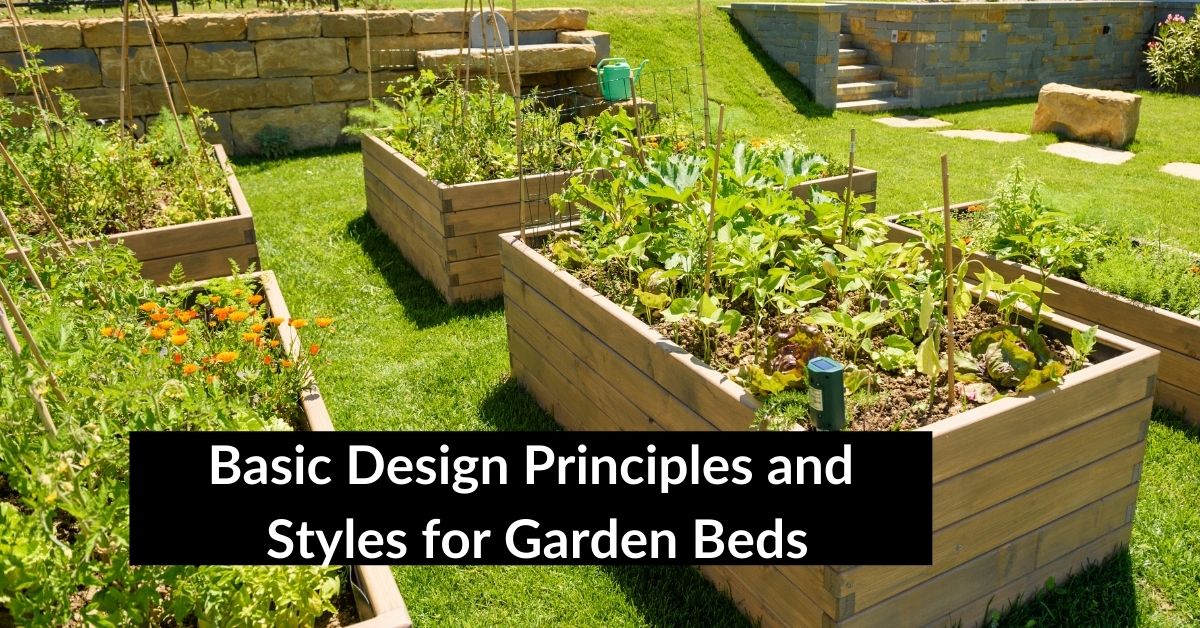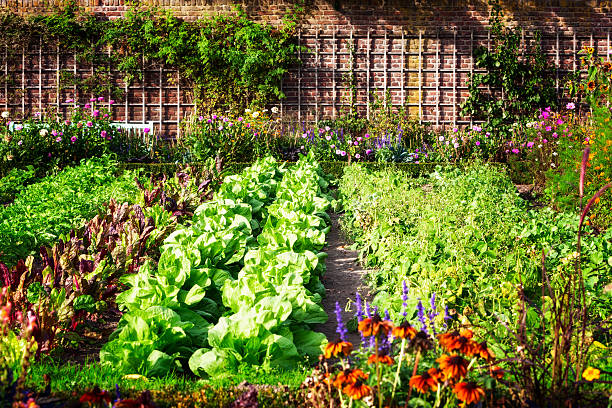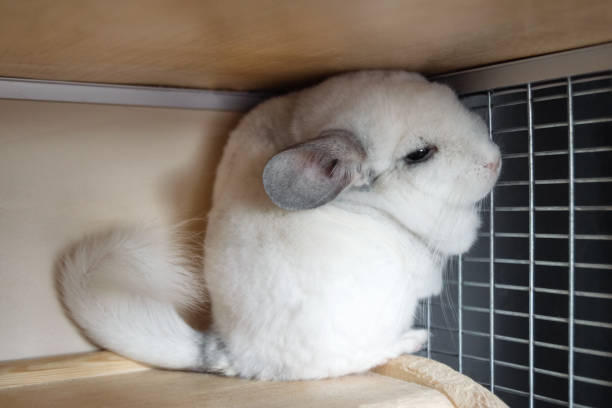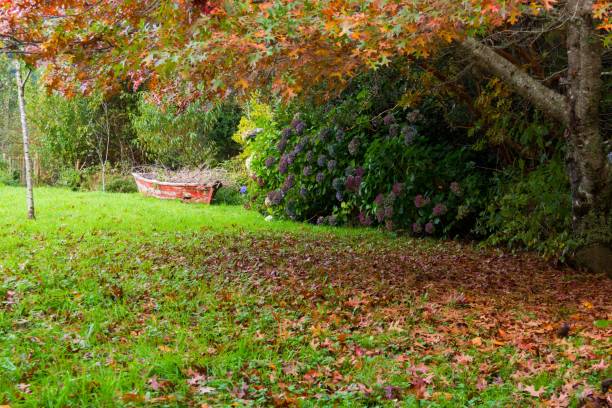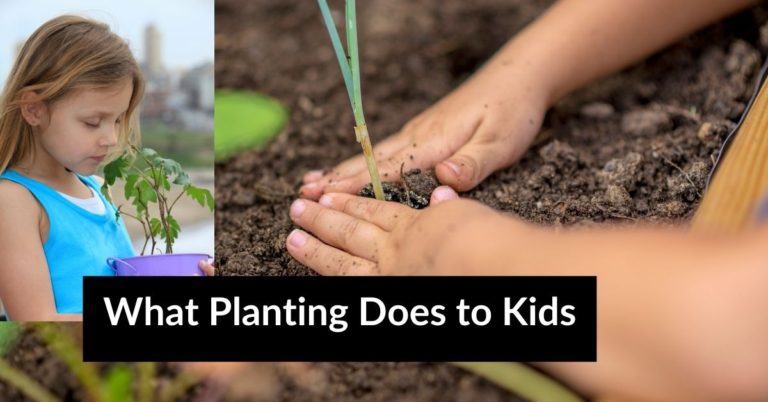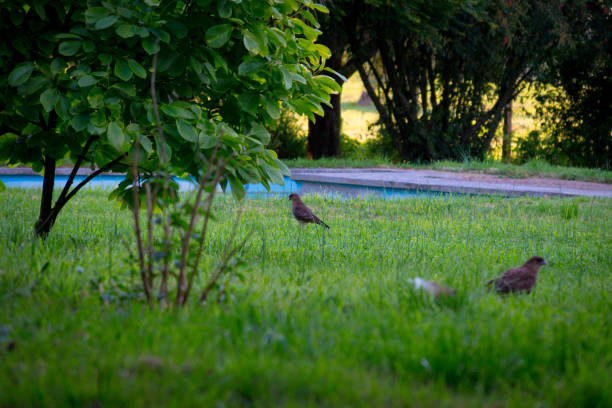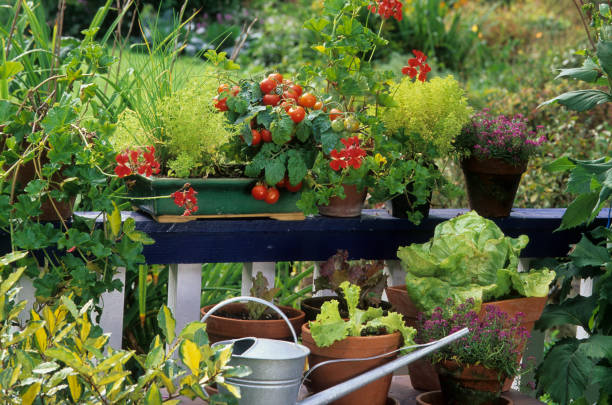Basic Design Principles and Styles for Garden Beds
This post contains affiliate links. This means I will make a commission at no extra cost to you should you click through and make a purchase. Read the full disclosure here.
Gardens are not only spaces of natural beauty but also places where we can connect with nature and find solace. When it comes to designing garden beds, there are several principles and styles that can guide you in creating a visually appealing and harmonious outdoor space. In this article, we will explore the basic design principles and styles for garden beds, providing you with inspiration and practical tips to enhance your gardening experience.
Introduction
Garden beds serve as the foundation for your garden’s overall aesthetic. By understanding the fundamental design principles and exploring various styles, you can create a garden that reflects your personal taste while maintaining visual appeal and functionality.
Understanding Design Principles for Garden Beds
Balance and Symmetry
Balance is an essential principle in garden design. It refers to the equal distribution of visual weight in a space. Achieving balance can be done through symmetrical or asymmetrical arrangements. Symmetrical garden beds are created by mirroring plantings, structures, or features on either side of a central axis, creating a formal and orderly look. On the other hand, asymmetrical garden beds involve a more organic and natural arrangement, with different elements distributed in a visually pleasing manner.
Proportion and Scale
Proportion and scale are crucial in creating a balanced and harmonious garden bed. Proportion refers to the relationship between different elements within the garden, ensuring that they are neither too large nor too small in relation to one another. Scale, on the other hand, considers the size of elements in relation to the overall space. It is essential to choose plants and features that are proportionate to the size of your garden bed to maintain a cohesive and visually pleasing composition.
Unity and Harmony
Unity and harmony involve creating a sense of cohesion and flow within your garden bed. It is achieved by selecting plants and elements that complement each other in terms of color, texture, and form. By using a consistent color palette, choosing plants with complementary leaf shapes and textures, and repeating certain design elements throughout the garden bed, you can create a unified and harmonious space.
Rhythm and Repetition
Rhythm and repetition are design principles that add visual interest and create a sense of movement within a garden bed. By repeating certain elements such as plant groupings, colors, or textures, you can establish a rhythm that guides the eye and creates a dynamic and engaging experience. Rhythm can be achieved through the placement of plants with varying heights or by creating pathways that lead the viewer through the garden bed.
Focal Points and Points of Interest
Focal points and points of interest are key elements that draw attention and create visual impact within a garden bed. They can be achieved through the use of focal plants, such as a tree or a large flowering shrub, or by incorporating eye-catching features like sculptures, water features, or garden structures. These elements serve as centerpieces and provide a focal point for the viewer to focus on, adding depth and intrigue to the garden bed.
Color and Texture
Color and texture play a vital role in garden bed design. The choice of plant colors can evoke different moods and atmospheres. Vibrant and warm colors like reds, oranges, and yellows create a lively and energetic feel, while cool colors such as blues and purples promote a sense of calmness and tranquility. Texture refers to the surface quality of plants, including their foliage, flowers, and bark. Combining plants with varying textures adds visual interest and depth to the garden bed.
Exploring Different Styles for Garden Beds
Formal Garden Beds
Formal garden beds are characterized by their structured and symmetrical designs. They often feature geometric shapes, precise plant arrangements, and well-defined edges. Boxwood hedges, neatly clipped topiaries, and symmetrical flower plantings are common elements found in formal garden beds. These beds exude elegance and create a sense of order and formality.
Cottage Garden Beds
Cottage garden beds embrace a more relaxed and romantic style. They often incorporate a mix of perennials, annuals, and flowering shrubs with an emphasis on color and texture. Cottage garden beds have a natural and slightly untamed appearance, with plants spilling over pathways and soft edges. They create a charming and cozy atmosphere, reminiscent of a country cottage garden.
Contemporary Garden Beds
Contemporary garden beds feature clean lines, minimalistic design, and a focus on architectural elements. They often incorporate a limited color palette with a combination of green foliage and structural plants. The use of geometric shapes, modern materials, and bold contrasts characterizes contemporary garden beds. These beds provide a sleek and sophisticated look, ideal for modern urban spaces.
Mediterranean Garden Beds
Mediterranean garden beds take inspiration from the landscapes of southern Europe and showcase plants that thrive in hot and dry climates. These beds often feature plants like lavender, rosemary, and succulents with silvery foliage. Mediterranean garden beds have a relaxed and rustic feel, with gravel pathways, terracotta pots, and natural stone accents. They create a warm and inviting ambiance reminiscent of the Mediterranean coast.
Native Plant Garden Beds
Native plant garden beds focus on using plants that are indigenous to the local region. These beds support local biodiversity and require minimal maintenance. Native plant garden beds can showcase a wide variety of plants, including flowers, grasses, shrubs, and trees that are adapted to the local climate and soil conditions. They create a natural and ecologically sustainable environment, attracting local wildlife and promoting environmental stewardship.
Conclusion
Designing garden beds is a creative process that allows you to express your personal style while following fundamental design principles. By understanding the principles of balance, proportion, unity, rhythm, and focal points, you can create visually appealing and harmonious garden beds. Exploring different styles, such as formal, cottage, contemporary, Mediterranean, and native plant beds, provides you with inspiration and ideas to transform your outdoor space into a beautiful and inviting garden.
FAQs
How do I create a focal point in a garden bed?
You can create a focal point in a garden bed by incorporating eye-catching elements such as a large flowering shrub, a sculpture, or a water feature. These elements draw attention and add visual interest to the overall design.
What are the benefits of using native plants in garden beds?
Using native plants in garden beds offers several benefits. They are well adapted to the local climate and soil conditions, making them easier to maintain. Native plants also support local biodiversity and attract native wildlife to the garden.
Can I mix different garden bed styles in my outdoor space?
Yes, you can mix different garden bed styles in your outdoor space. Mixing styles can create a unique and eclectic garden design. However, it is important to ensure that the different styles harmonize well together to maintain a cohesive overall look.
How can I add texture to my garden bed?
You can add texture to your garden bed by incorporating plants with varying foliage, flowers, and bark. Choose plants with different leaf shapes, sizes, and textures to create visual interest and depth.
What are some low-maintenance plants for garden beds?
Some low-maintenance plants for garden beds include succulents, ornamental grasses, and native perennials. These plants are often drought-tolerant and require minimal watering and pruning.

